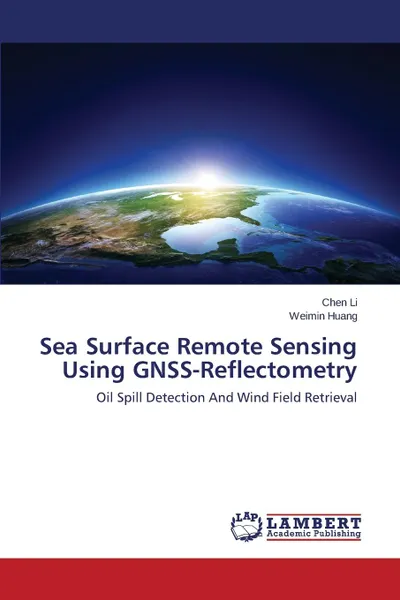Sea Surface Remote Sensing Using Gnss-Reflectometry 12+
Автор: Li Chen,
Huang Weimin
100 страниц
Категория: Научная литература
ISBN: 9783659587870
Язык: Английский
📕 In this book, research for improving sea surface remote sensing using the Global Navigation Satellite System-Reflectometry (GNSS-R) signals is presented. Firstly, a method to enable the simulation of GNSS-R delay Doppler Map (DDM) of an oil slicked sea surfaces under general scenarios is proposed. The DDM of oil slicked sea surface under general scenarios is generated by combining the mean-square slope model for oil slicked/clean surfaces and the GNSS-R Zavorotny-Voronovich (Z-V) scattering model. Secondly, a technique to detect sea surface oil spills using reflections from Global Navigation Satellite System (GNSS) satellites is presented. This technique is implemented by compensating the distortion induced during the DDM deconvolution process of scattering coefficient retrieval and employing the spatial integration approach (SIA) to retrieve the scattering coefficients unambiguously using the DDMs obtained by two separate antenna beams. Lastly, a novel method is presented to retrieve sea surface wind speed and direction by fitting the two-dimensional simulated GNSS-R DDMs to measured data.
Мнения
